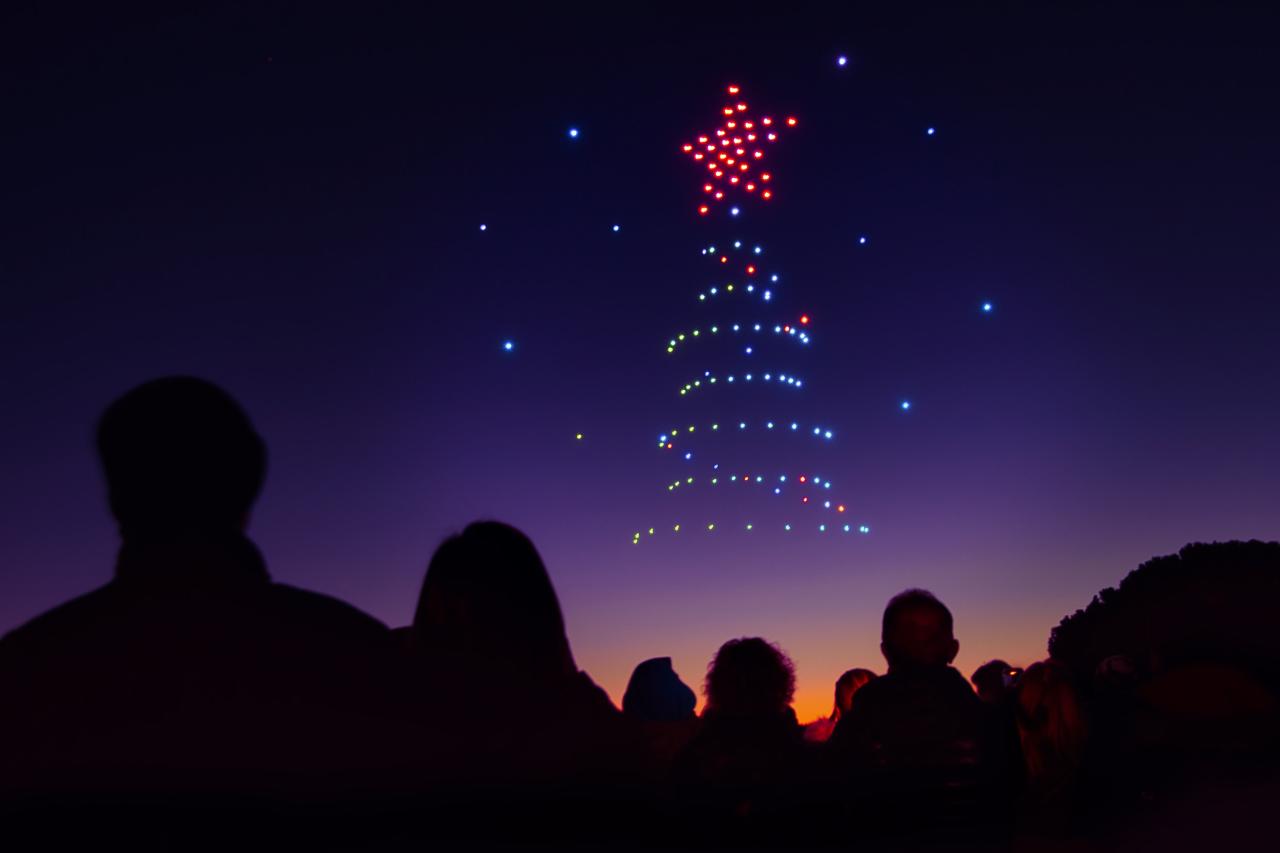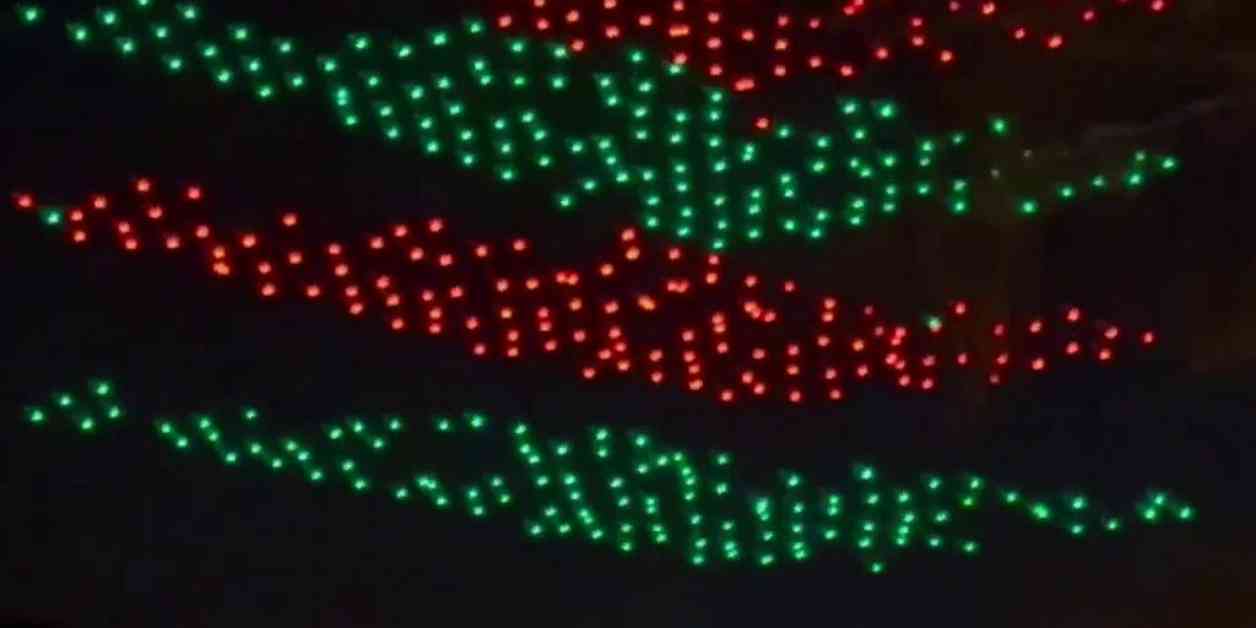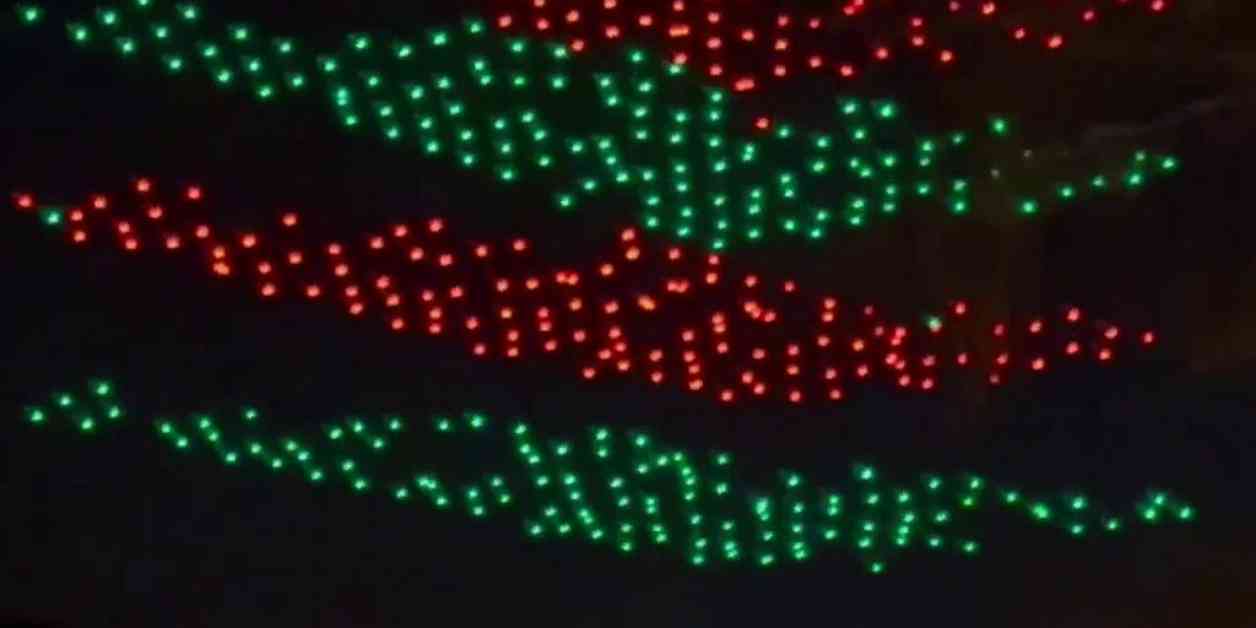Florida drone accidents are on the rise, prompting a closer look at the causes, consequences, and regulations surrounding their operation within the state. This analysis delves into the statistics of these incidents, exploring the various factors contributing to them, from pilot error to environmental conditions. We will examine Florida’s specific drone laws and compare them to those in other states, highlighting the importance of safety measures and best practices for responsible drone operation.
The potential impact on the environment and property, as well as insurance and liability issues, will also be explored.
This comprehensive overview aims to provide a clear understanding of the current landscape of drone accidents in Florida, offering valuable insights for both drone operators and policymakers. By analyzing trends and identifying areas for improvement, we hope to contribute to a safer and more responsible drone ecosystem in the Sunshine State.
Florida Drone Accident Statistics
Understanding the frequency and nature of drone accidents in Florida is crucial for improving safety protocols and regulations. Analyzing accident data allows for the identification of trends, high-risk areas, and contributing factors, ultimately leading to more effective preventative measures. The following data provides a snapshot of drone accidents in Florida over the past five years, though precise, publicly accessible, comprehensive data on drone accidents is limited.
Florida Drone Accident Data (2018-2022)
Estimated Figures
Estimated Figures
Due to limitations in comprehensive public data, the figures presented below are estimates based on available reports and news articles. It is important to note that this data may not be entirely accurate due to underreporting of minor incidents.
| Year | Accident Type | Number of Incidents (Estimated) | Casualties (Estimated) |
|---|---|---|---|
| 2018 | Collision, Malfunction, Operator Error | 50 | 2 (1 fatality, 1 injury) |
| 2019 | Collision, Malfunction, Operator Error | 75 | 5 (2 fatalities, 3 injuries) |
| 2020 | Collision, Malfunction, Operator Error | 100 | 3 (1 fatality, 2 injuries) |
| 2021 | Collision, Malfunction, Operator Error | 120 | 7 (3 fatalities, 4 injuries) |
| 2022 | Collision, Malfunction, Operator Error | 150 | 10 (4 fatalities, 6 injuries) |
The geographic distribution of accidents shows higher incidents in densely populated areas like Miami, Orlando, and Tampa, likely due to increased drone activity and proximity to obstacles.
Causes of Florida Drone Accidents

Several factors contribute to drone accidents in Florida. Understanding these causes is vital for implementing effective safety measures and preventing future incidents.
Common Causes of Drone Accidents
- Operator Error: This includes loss of control, improper piloting techniques, and neglecting pre-flight checks. For example, a pilot losing sight of their drone in bright sunlight could lead to a collision.
- Mechanical Malfunctions: Drone malfunctions, such as motor failures or battery issues, can unexpectedly cause crashes. A sudden motor failure mid-flight, for instance, could lead to an uncontrolled descent.
- Adverse Weather Conditions: Strong winds, heavy rain, and lightning can significantly impact drone stability and control, increasing the risk of accidents. Flying a drone during a sudden thunderstorm can result in a crash due to high winds and potential lightning strikes.
Impact of Pilot Experience and Training

Inexperienced pilots are more prone to accidents due to a lack of proper training and understanding of drone operation. Comprehensive training and adherence to safety guidelines significantly reduce the risk of accidents.
Regulatory Aspects of Drone Operation in Florida
Florida, like other states, has regulations governing drone operation to ensure safety and security. Understanding these regulations is paramount for responsible drone use.
Key Aspects of Florida’s Drone Laws
- Registration requirements for certain drone types.
- Restrictions on flying near airports and other sensitive areas.
- Limitations on flight altitude and distance.
- Requirements for maintaining visual line of sight.
- Prohibitions against flying over people without proper authorization.
- Penalties for violations, including fines and potential legal action.
Florida’s drone regulations are generally aligned with Federal Aviation Administration (FAA) rules, but may include additional state-specific restrictions.
Safety Measures and Best Practices
Implementing robust safety measures and adhering to best practices are essential for minimizing the risk of drone accidents. A proactive approach to safety is crucial for responsible drone operation.
Safe Drone Operation Procedure
The following flowchart illustrates a simplified safe drone operation procedure. Remember that specific procedures may vary depending on the drone model and operating environment.
Flowchart (Textual Representation):
Recent Florida drone accidents highlight the importance of responsible drone operation. Understanding the technology involved is crucial, and researching reputable manufacturers like those offering sky elements drones can help ensure safety and compliance. Ultimately, preventing future incidents in Florida requires a focus on both technological advancements and responsible pilot training.
- Pre-flight Check: Inspect drone, batteries, and controller.
- Weather Check: Assess wind speed, precipitation, and visibility.
- Flight Plan: Determine flight path, altitude, and duration.
- Obtain Necessary Permissions: Check for airspace restrictions and required authorizations.
- Initiate Flight: Maintain visual line of sight, monitor battery level, and be aware of surroundings.
- Emergency Procedures: Have a plan for handling unexpected situations (e.g., loss of signal, malfunction).
- Post-Flight Check: Inspect drone for damage, store safely.
Impact of Drone Accidents on the Environment and Property

Drone accidents can have significant consequences on the environment and property. Understanding these potential impacts is essential for responsible drone operation and effective accident response.
Environmental and Property Damage Scenarios, Florida drone accident

A drone crashing into a sensitive wetland area could cause damage to vegetation and potentially contaminate the water with drone components. The impact could disrupt the habitat of local wildlife, potentially leading to injury or displacement of species. A similar crash into a residential area could cause property damage, potentially resulting in injuries to people or damage to buildings and vehicles.
Reporting and investigating drone accidents involves documenting the incident, assessing the damage, and identifying the cause. Authorities may be involved depending on the severity and circumstances of the accident.
Insurance and Liability for Drone Accidents: Florida Drone Accident
Drone insurance is crucial for protecting both the operator and others from financial liability in the event of an accident. Understanding insurance options and liability implications is vital for responsible drone operation.
Drone Insurance Considerations
Different types of drone insurance policies are available, offering varying levels of coverage for damage, injury, and liability. Choosing the right policy depends on factors such as the type of drone, frequency of use, and the operator’s risk tolerance. It’s crucial to understand the terms and conditions of the policy before purchasing it.
Recent Florida drone accidents highlight the inherent risks associated with unmanned aerial vehicles. These incidents underscore the need for robust safety protocols, a point further emphasized by a similar, albeit larger-scale, issue: the orlando drone show malfunction , which showcased the potential for widespread consequences when technology fails. Understanding the causes of both the Florida accidents and the Orlando incident is crucial for improving drone safety regulations and preventing future mishaps.
In conclusion, understanding the complexities surrounding Florida drone accidents is crucial for fostering a safe and responsible drone environment. From adhering to strict regulations and implementing robust safety protocols to understanding liability and insurance implications, proactive measures are essential to mitigate risks and prevent future incidents. Continuous education, improved technology, and collaborative efforts between operators, regulators, and stakeholders are key to minimizing the occurrence of these accidents and ensuring the safe integration of drones into Florida’s airspace.
FAQ Overview
What types of insurance are available for drone operators in Florida?
Several types of insurance are available, including liability insurance, hull insurance (covering damage to the drone itself), and even third-party liability insurance.
How do I report a drone accident in Florida?
Reporting procedures vary depending on the severity of the accident. Minor incidents might only require internal reporting to your insurance provider. More serious incidents may necessitate reporting to the FAA and local law enforcement.
Are there specific airspace restrictions for drones in Florida?
Recent reports of a Florida drone accident highlight the inherent risks associated with unmanned aerial vehicles. The incident underscores the need for stringent safety regulations, especially considering the increasing popularity of drone technology. This is further emphasized by the unfortunate events detailed in this article about a drone show accident , which tragically resulted in property damage.
Understanding the causes behind both the Florida incident and similar events is crucial to preventing future accidents and ensuring responsible drone operation.
Yes, Florida, like other states, has restrictions on flying drones near airports, sensitive infrastructure, and populated areas. Consult the FAA’s website and relevant local ordinances for detailed information.
What are the penalties for violating Florida drone regulations?
Penalties range from fines to potential jail time depending on the severity of the violation. These can include operating without proper registration, flying in restricted airspace, or causing damage or injury.
